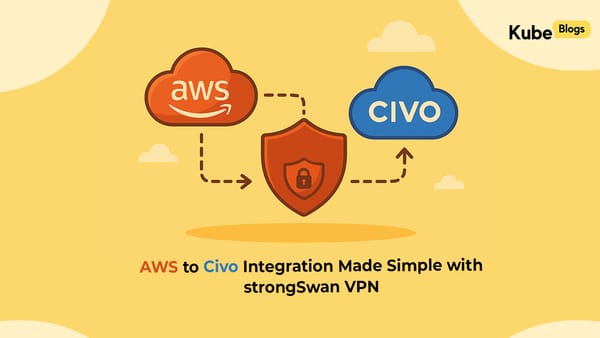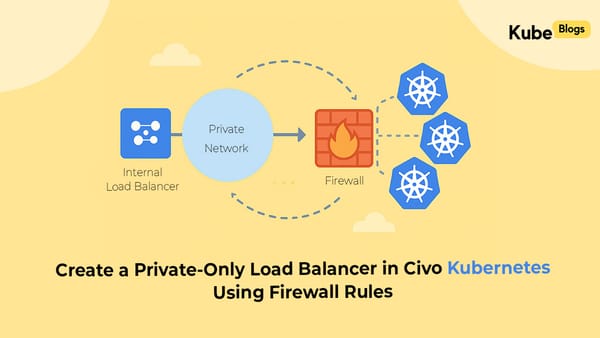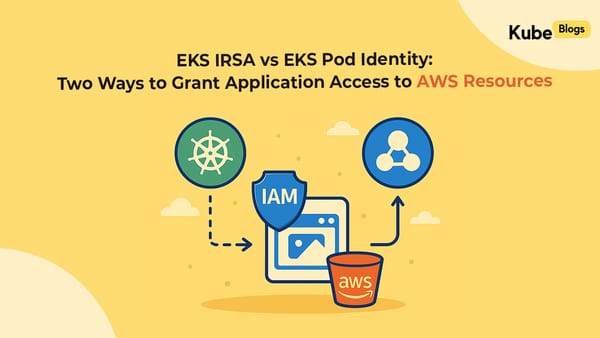Table of Contents
Kubernetes (K8s) has become the standard for container orchestration, but K3s offers an attractive lightweight option. Think of standard Kubernetes as a full commercial kitchen equipped for a five-star restaurant – powerful, but requiring significant space and staff. K3s is more like a well-equipped food truck: compact, efficient, and ready to serve quality results in constrained environments.
This comparison highlights the fundamental differences to help you decide which fits your needs.
Key Differences and Fundamentals
Installation and Setup
Kubernetes requires multiple components and careful configuration, often taking hours or days to set up. K3s installs with a single command and binary, ready in minutes.
Analogy: Setting up K8s is like assembling a complex IKEA furniture set with many parts; K3s is like unfolding a camping chair – instant and straightforward.
Resource Requirements
Standard K8s demands substantial resources: at least 2 CPU cores and 4GB RAM per node. K3s runs efficiently on 1 CPU core and 512MB RAM.
Analogy: K8s is a heavy-duty truck hauling massive loads but consuming more fuel; K3s is a fuel-efficient scooter perfect for quick trips
Storage and Database
K8s uses etcd for distributed storage, requiring a cluster for high availability. K3s defaults to SQLite for simplicity, with etcd as an option.
Features and Components
K8s includes all features, including legacy ones. K3s removes non-essential features and bundles core components (like containerd and Flannel) into one package.

Use Cases
- Use K8s for large-scale, enterprise environments needing full features and compliance.
- Choose K3s for edge computing, IoT, development, or small productions where simplicity matters.
Conclusion
The choice between K3s and Kubernetes depends on your scale and constraints. If you need guidance implementing either in your infrastructure, KubeNine Consulting specializes in Kubernetes solutions. Contact us at http://kubenine.com for expert advice on optimizing your deployments.






